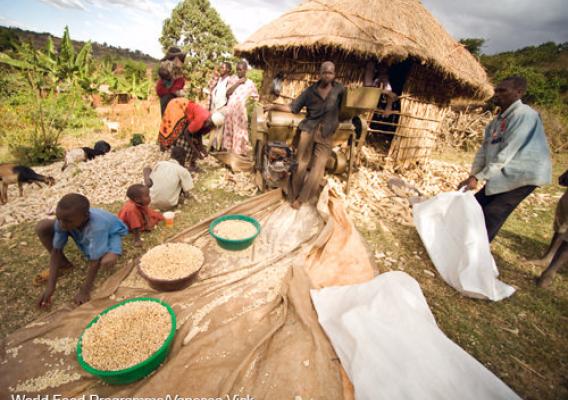The following guest blog is part of our Cafeteria Stories series, highlighting the efforts of hard working school nutrition professionals who are dedicated to making the healthy choice the easy choice at schools across the country. We thank them for sharing their stories!
By Bea Zuluaga, Food and Nutrition Director, CentroNía/DC Bilingual Public Charter School, Washington, DC
Children living in Washington, D.C., and across the country spend a large part of their day in school and rely heavily on their educational institutions for nourishment. As educators, it is imperative that we expose children to a variety of healthy, nutrient-rich foods early on in their development, and CentroNía does just that! We prepare various meals and snacks to support children’s learning thanks to programs such as the Healthy Hunger Free Kids Act of 2010.
With more than 260 employees who serve 2,500 children, youth, and families in the District of Columbia and Maryland, CentroNía’s mission is to educate children and youth, and strengthen families in a bilingual, multicultural community. We cook meals and prepare snacks on the premises that incorporate whole grains, fresh fruits and vegetables, more vegetarian proteins and local produce. By eliminating processed foods and juices from our institution, we drastically reduced the sugar and sodium on our menus.







